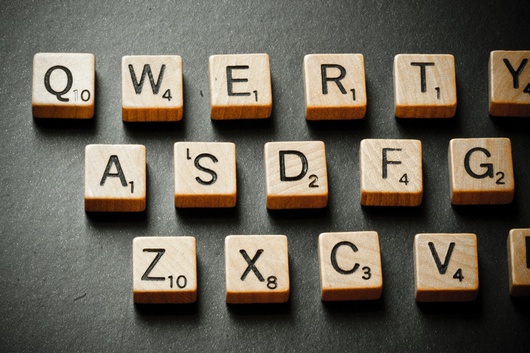
Poetweet: a new art form?
Published on
Poetry has ever come in a multiplicity of forms. We have the sonnet, structuring our words of love, the limerick for comic crudity, the haiku for capturing the essence of one perfect moment. And now? Now we have the tweet. A new medium for a new technology. Can it ever compare to our established forms? Or is it just a blip? I was sceptical.
I’m somewhat new to the world of twitter and one of the things I find most difficult to deal with is the horrible grammar and ‘txt spk wrds’. I like vowels and their absence offends me. My experience in the twittersphere had prepared me for the massacre of the English language in any attempt to squeeze poetry into tweets.
A democratisation of poetry
However, poetweets are a different form with a different language. Just as telegrams STOP and Shakespearean sonnets demand iambic pentameter, twitter poems must fit a certain set of rules. While haiku are limited by their number of syllables, tweets are curtailed by a strict character limit – exactly 140, including spaces and punctuation. Perhaps in haiku we find the poetweet’s closest cousin. Indeed, many tweeters do use the haiku, or the structurally similar senryu:
...the darkness enters...razing light, casting shadows...vanquishing the day...#haiku #haikuchallenge (@LazyBookworm)
the tears / she never shed / midnight rain #senryu #poetry (@expatinCAT)
Poetry on twitter is as varied in style as it is in content. Twitter is home to international poetry communities, offering advice on and appreciation of these poetweets. New technology has allowed a new poetic form to spread. While poetry is often considered elitist and far removed from the reality of everyday life, poems appear on people’s twitterfeeds on a daily basis. This may be considered a democratisation of poetry. What we read here is not decided by some lofty literary canon, but by our tastes. The poets are not solely long dead, eternally middle-aged white men, but people who are living, observing life, finding inspiration, and tweeting about it. Perhaps we may compare the poetweet’s advance to that of the novel after the emergence of the printing press. In both cases, new technologies have allowed for new forms of art to reach the masses.
 And what do the masses think? Well, there are mixed opinions.
And what do the masses think? Well, there are mixed opinions.
Some aren’t impressed. @KwaharaniJacobs’s response: ‘So you write poems all over fb and twitter? Omg you're soo deep!’ Yet others, such as @RightWingAngel, embrace the opportunity to share poetry with strangers: ‘I told my Facebook friend that Twitter is a place where we share our poems with each other. She thinks that's wonderful. :)’ Then again, for some twitter is a distraction from the creative process, with @2Much_SOLE bemoaning that ‘If I didn't have a twitter.. I would have more poems.. Thanks twitter.’
Quality, of course, varies immensely. While one may cringe at the copyrighted efforts of @thebluechild (Poetry: MySpace is music Twitter is cool Instagram has pictures Facebook has fools Copyright : thebluechild), I freely applaud @InPoetweet, who is attempting to tweet a poem a day for a year:
Queen of Sheba sought the wisdom of Solomon Traveled confidently into his land Brought her precious riches to bear To find his answer there (@InPoetweet)
@TwitterPoetry provides its fans with log-in details, providing a constant flow of poetry to its three thousand followers:
For all the leaves that fell, there were little whispers. Wind sounds, regret, or last breaths. Moments, resting and waiting to wither (@TwitterPoetry)
Admittedly it’s a pretty mixed bag, but there’s something nice about being able to decide for oneself what one likes, without feeling pressure to admire the classics.
So, poetweet. It’s all a bit alien to me right now, but there’s a strong chance I’ll become a fan. Perhaps I’ll even give it a shot myself.
We’d love to see your efforts at poetweet. Keep them within 140 characters and send them in! Tweet us at @slender_means.
Images: © Trevor Fountain



